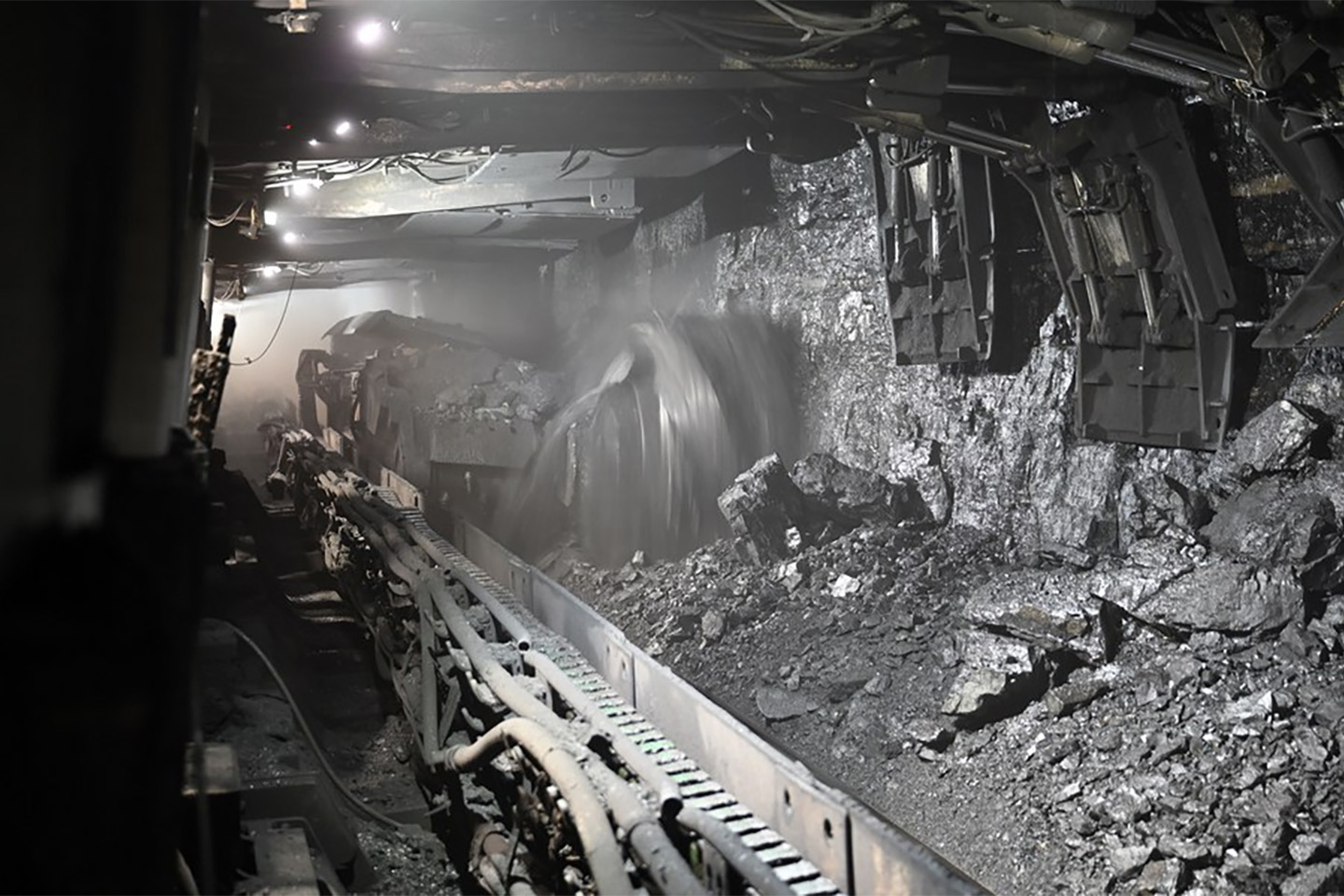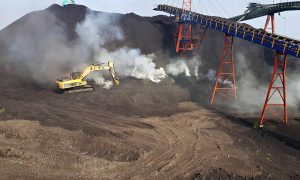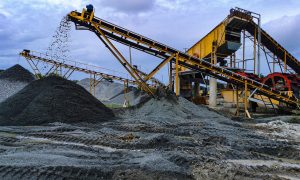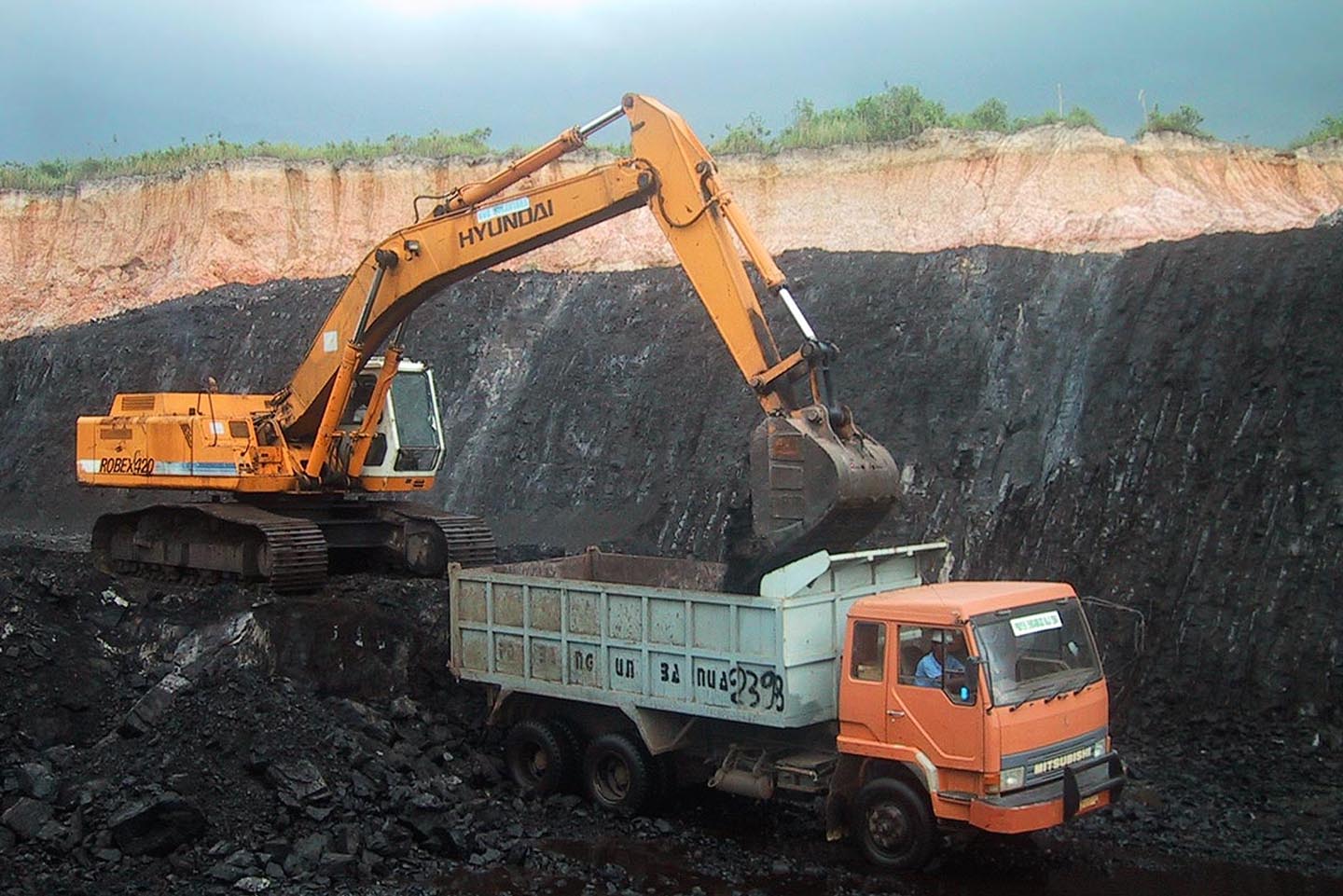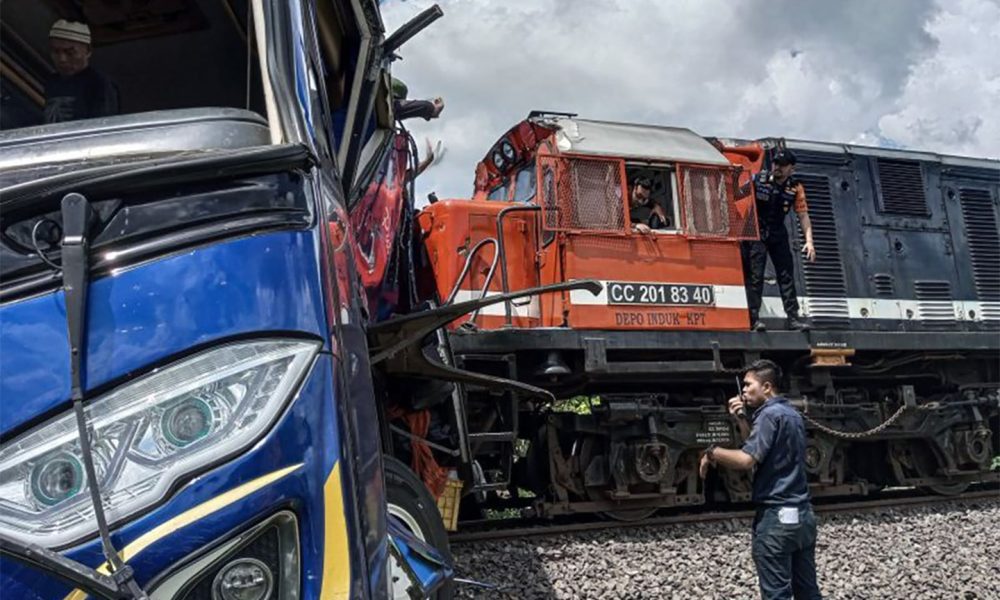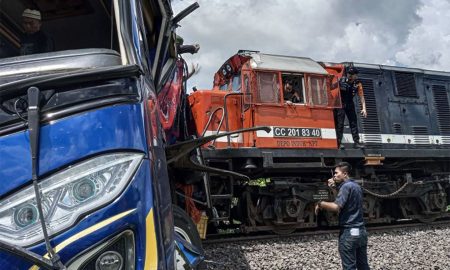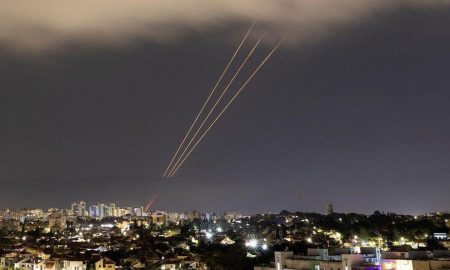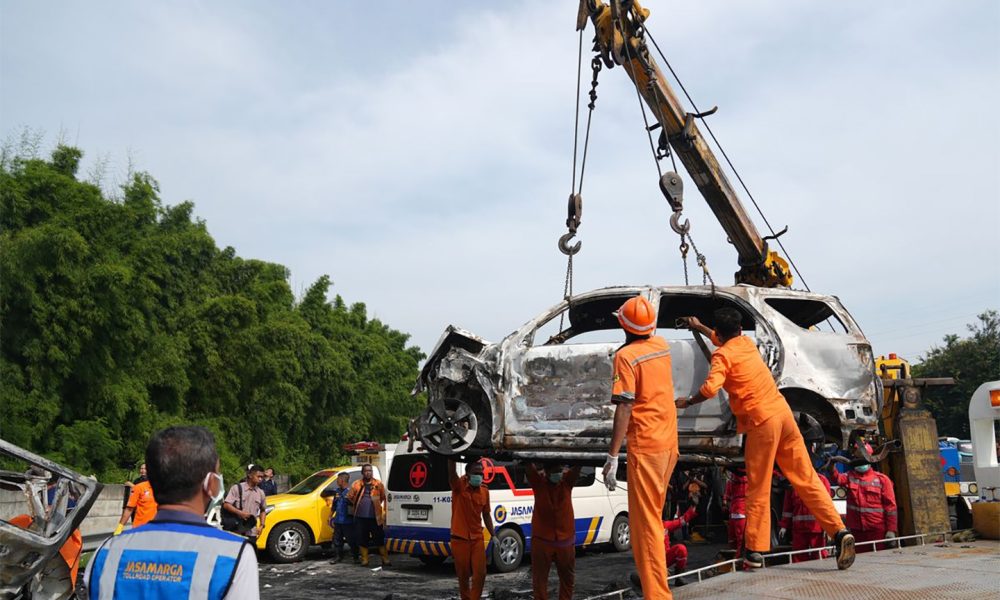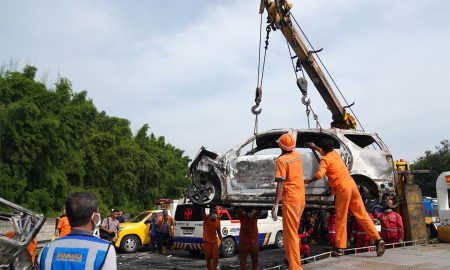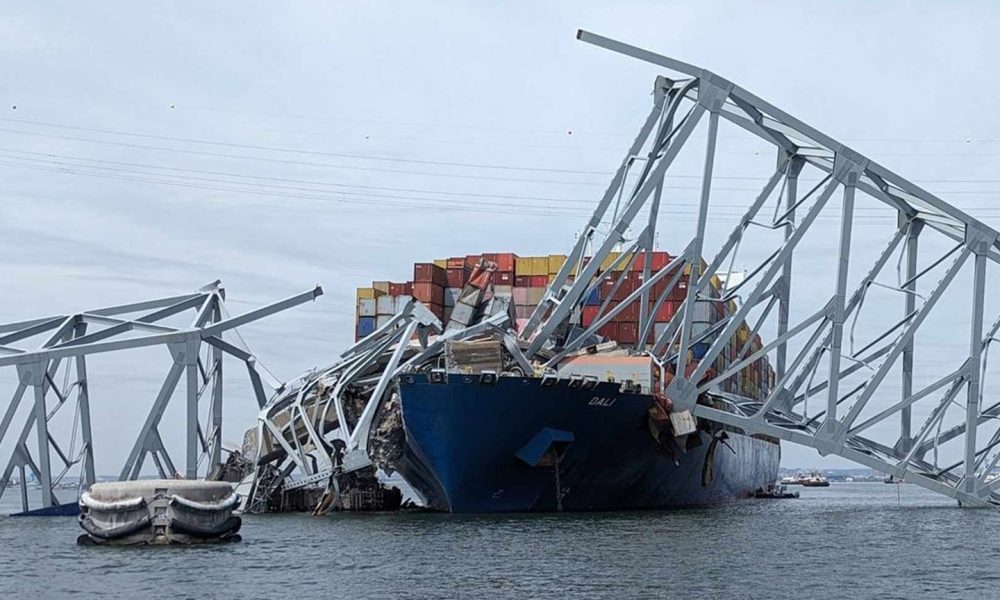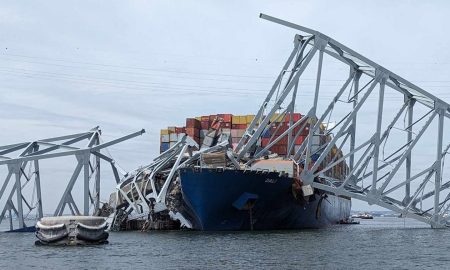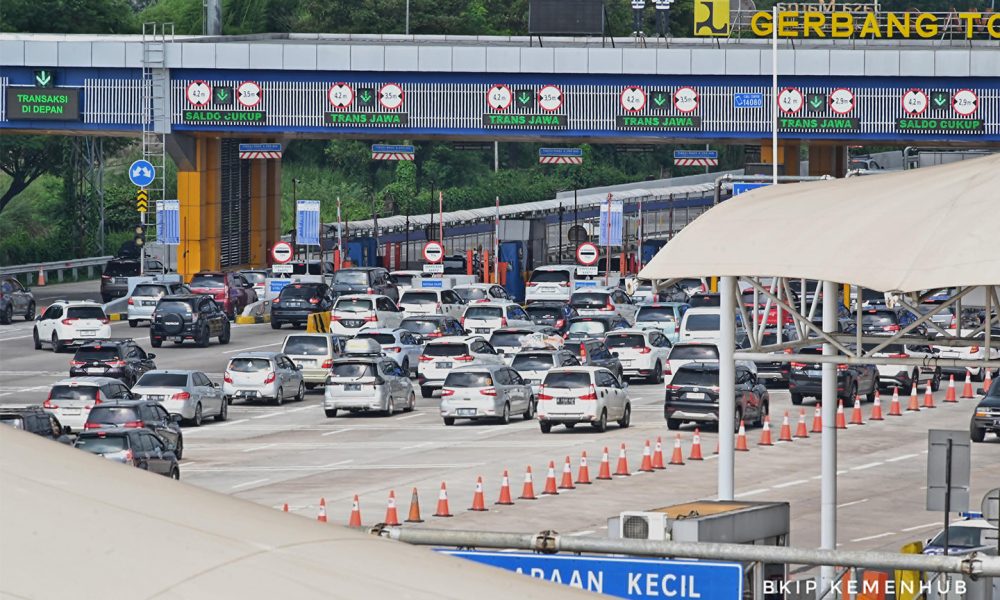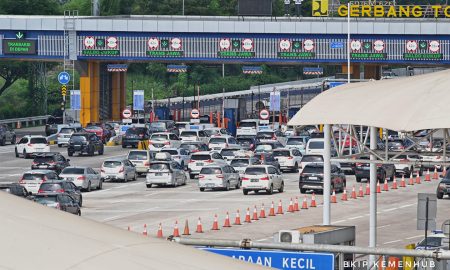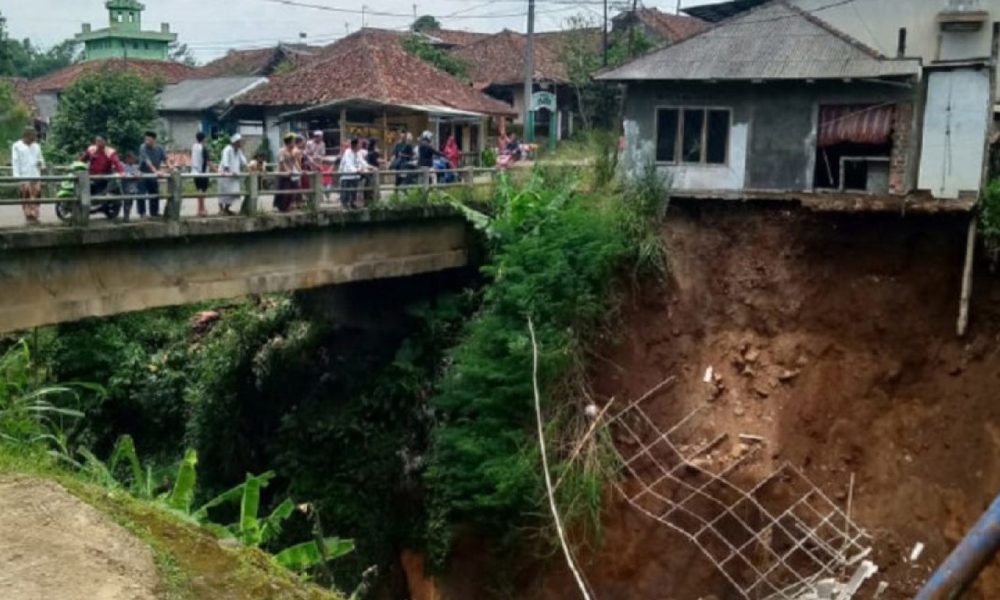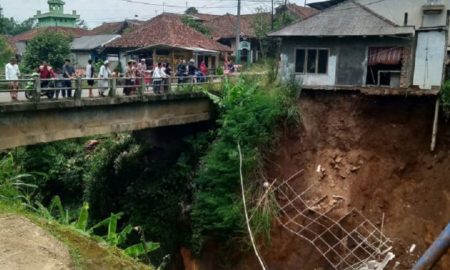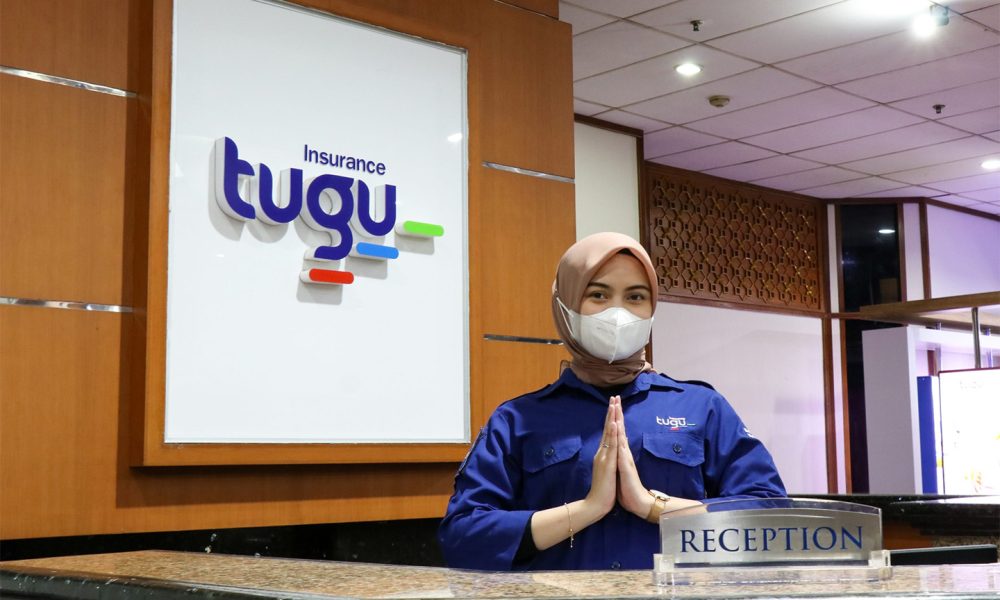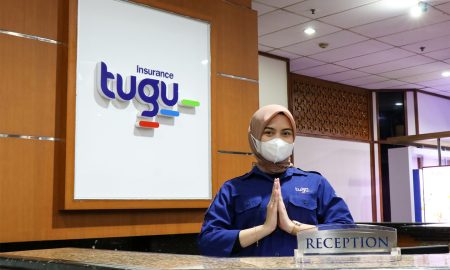Liga Asuransi – Dear risk takers, how are you? I hope your ventures are prospering. In my role as a senior insurance broker, I am excited to delve into a crucial topic that impacts us all – the intricate dance between risk and insurance in the realm of underground mining.
In this article, I aim to explore the nuances of risk and insurance review specific to underground mining operations. The insights shared are not just for us to absorb but are valuable knowledge that we can pass on to our peers and friends.
I invite you to engage with this discussion and, if you find it insightful, share it with your network. By doing so, we contribute to a collective understanding of the vital role risk management and insurance play in the dynamic world of underground mining.
UNDERGROUND MINING IN INDONESIA
In Indonesia, mining stands as a cornerstone of economic development, shaping the nation’s present and influencing its future trajectory. The sector’s significance spans various dimensions, encompassing economic growth, resource abundance, job creation, and technological progress.
At the economic forefront, mining contributes significantly to Indonesia’s fiscal health. The export of minerals, including coal, gold, copper, nickel, and tin, stands as a pivotal source of foreign exchange earnings. This infusion of revenue not only fuels economic growth but also provides the government with funds for critical public infrastructure projects.
Beyond mere financial gains, the mining sector facilitates job creation on a substantial scale. From exploration and extraction to processing and logistics, mining operations generate employment opportunities directly and indirectly. This inclusive approach extends to local communities, fostering development through social responsibility programs, education initiatives, and improved healthcare facilities.
Resource abundance further cements Indonesia’s position in the global mining landscape. Ongoing exploration activities attract investments, driving the discovery and extraction of new mineral deposits. The country’s diverse range of minerals, in turn, supports various industries, including construction, manufacturing, and technology, contributing to overall infrastructure development and industrialization.
Global market dynamics play a crucial role in Indonesia’s mining narrative. With products in demand globally, the nation’s strategic export partnerships bolster its standing in international markets. Staying attuned to market trends, including shifts in demand for specific minerals, allows Indonesia to remain competitive and adaptable to changing economic conditions.
While the economic benefits of mining are evident, sustainability is imperative for the sector’s enduring importance. Responsible mining practices, guided by adherence to environmental regulations and the integration of eco-friendly technologies, are essential. This commitment to sustainability extends to positive social impacts, including community engagement, local employment, and community development programs.
Types of Underground Mining in Indonesia:
- Coal Mining:
Room and Pillar Mining: Commonly used in coal mining, this method involves the extraction of coal in a series of parallel rooms while leaving pillars of coal to support the roof.
Longwall Mining: Involves the use of a cutting machine to extract large blocks of coal in a single continuous operation.
Locations of Underground Mining Operations:
- South Kalimantan:
Tanah Bumbu: Known for its coal mines, Tanah Bumbu in South Kalimantan is a significant location for underground coal mining operations.
- East Kalimantan:
Sangatta: Located in East Kalimantan, Sangatta is home to one of the largest coal mines in Indonesia, operated by PT Kaltim Prima Coal (KPC).
- Central Kalimantan:
Puruk Cahu: This region in Central Kalimantan is known for coal mining activities.
- West Sumatra:
Ombilin: Historically, Ombilin in West Sumatra has been associated with coal mining, including underground mining operations.
- Papua:
Grasberg Mine: While predominantly an open-pit operation, the Grasberg Mine in Papua, owned by Freeport-McMoRan, involves some underground mining for ore extraction.
Underground Mining Vs Open Pit Mining
Mining, a fundamental activity for resource extraction, employs various methods, each with its own merits and drawbacks. Let’s explore the comparison between two primary mining techniques: underground mining and open-pit mining.
Open-Pit Mining:
In open-pit mining, the process begins by removing overburden, encompassing rocks and soil, to expose the desired mineral. This method is particularly effective for shallow deposits or when the targeted resource is close to the surface. Enormous machines such as excavators and trucks are utilized to extract materials from the open pit. Open-pit mining is considered more cost-effective for large, horizontal ore bodies, allowing for the extraction of substantial volumes of material. However, it has environmental implications, causing landscape alterations, habitat disruption, and soil erosion. Extensive reclamation efforts are typically required.
Underground Mining:
In contrast, underground mining involves accessing mineral deposits beneath the Earth’s surface via shafts, declines, or adits. This method is preferred for deeper ore bodies where open-pit mining may not be feasible or economical. Various techniques, including room and pillar, longwall, and cut and fill, are employed for extraction. Underground mining offers the advantage of being more selective in ore extraction, minimizing the need to remove extensive overburden. While having a smaller surface footprint, it can pose safety challenges due to confined spaces, rockfalls, and the operation of heavy machinery in underground environments. The environmental impact is comparatively smaller, but concerns about subsidence and potential groundwater impacts persist.
Comparison:
Depth of Resource:
Open-pit mining is suitable for shallow deposits, while underground mining is ideal for deeper ore bodies.
Extraction Efficiency:
Open-pit mining is generally more cost-effective for extracting large, horizontal ore bodies, while underground mining can be more selective in ore extraction.
Environmental Impact:
Open-pit mining often results in significant landscape alteration, habitat disruption, and soil erosion, requiring extensive reclamation efforts. Underground mining has a smaller surface footprint but may have subsidence concerns and potential groundwater impacts.
Safety Considerations:
Open-pit mining is generally considered safer due to its open nature. Underground mining poses more hazards due to confined spaces and the potential for rockfalls.
Cost Factors:
Open-pit mining usually has lower initial capital costs and can be more economically viable for large-scale operations. Underground mining typically involves higher initial capital costs and operating expenses.
Ore Grade:
Open-pit mining is suitable for lower-grade deposits economically viable when mined in large quantities. Underground mining is ideal for high-grade deposits requiring selective mining.
The decision between underground mining and open-pit mining depends on factors such as the depth of the resource, ore grade, environmental considerations, safety concerns, and economic viability. Often, a combination of both methods is employed to optimize resource extraction while minimizing environmental impact and ensuring worker safety.
THE RISK OF UNDERGROUND MINING
Underground mining involves a range of risks that can impact the safety of workers, the integrity of mining structures, and the overall success of mining operations. These risks stem from the unique conditions and challenges associated with working beneath the Earth’s surface. Here are some typical risks of underground mining:
- Geological Risks:
Rockfalls and Cave-Ins: Underground mining exposes workers to the risk of rockfalls and cave-ins. The stability of the rock strata can be compromised, leading to the collapse of walls and ceilings in underground workings.
- Safety and Health Hazards:
Dust and Respiratory Issues: The drilling, blasting, and extraction processes in underground mining can generate dust, posing respiratory hazards to miners.
Chemical Exposure: Exposure to hazardous chemicals used in mining processes can lead to health issues if not properly managed.
- Mechanical and Equipment Hazards:
Equipment Failures: Malfunctions or failures of machinery and equipment used in underground mining, such as drills, haulage systems, and ventilation equipment, can pose serious risks to workers.
- Subsidence:
Ground Subsidence: The extraction of minerals from underground can result in ground subsidence, causing surface instability and potential damage to infrastructure above the mine.
- Explosive Risks:
Explosives Handling: The use of explosives for drilling and blasting presents inherent risks, including the potential for misfires, premature detonation, or improper handling.
- Gas and Air Quality:
Underground Gases: The presence of gases such as methane and carbon monoxide in underground mines can pose serious health risks. Effective ventilation systems are crucial for maintaining safe air quality.
- Temperature and Humidity:
Extreme Conditions: Underground mines can experience extreme temperatures and humidity levels. Adequate ventilation and climate control measures are essential to ensure a comfortable and safe working environment.
- Emergency Evacuation:
Tunnel Collapse or Blockages: In the event of a tunnel collapse or blockage, emergency evacuation procedures must be in place to ensure the safety of miners.
- Water Ingress:
Flooding: Underground mines may encounter water ingress, leading to flooding. This poses risks to both infrastructure and personnel.
- Human Factors:
Fatigue and Stress: The challenging working conditions, long hours, and physical demands of underground mining can contribute to fatigue and stress, potentially impacting the cognitive abilities and decision-making of workers.
- Regulatory Compliance:
Compliance Risks: Failure to comply with safety and environmental regulations can result in legal and financial consequences for mining operations.
- Communication Challenges:
Limited Communication: Underground conditions may hinder communication systems, making it challenging to relay information quickly in case of emergencies.
- Security Risks:
Access Control: Managing access to underground mines is crucial for both safety and security. Unauthorized entry poses risks to personnel and operations.
- Seismic Activity:
Earthquakes or Tremors: In regions prone to seismic activity, underground mines face the risk of earthquakes or tremors, which can lead to structural damage and pose safety concerns.
- Community Relations:
Social and Community Impact: Underground mining operations can impact local communities, and managing community relations is crucial to avoid conflicts and ensure responsible mining practices.
Effectively managing these risks involves comprehensive risk assessments, the implementation of safety protocols, ongoing training for personnel, regular equipment maintenance, and adherence to regulatory guidelines. Minimizing these risks is essential for creating a safe and sustainable underground mining environment.
THE IMPORTANCE OF RISK MANAGEMENT
Risk management is of paramount importance for underground mining operations, given the inherently hazardous nature of extracting resources from beneath the Earth’s surface. The multifaceted risks associated with underground mining, ranging from geological uncertainties to safety hazards and environmental impacts, necessitate a comprehensive and proactive approach to mitigate potential adverse consequences.
First and foremost, the safety of personnel working in confined underground spaces is a primary concern. Effective risk management involves identifying and addressing potential hazards, implementing stringent safety protocols, and providing ongoing training to ensure a secure working environment. This not only safeguards the well-being of the workforce but also reduces the likelihood of accidents and injuries.
Moreover, risk management is essential for protecting critical assets and infrastructure. Underground mining operations entail significant investments in machinery, equipment, and facilities. Insurance coverage, equipment maintenance, and emergency response plans are integral components of risk management strategies, ensuring the financial resilience of mining operations in the face of unexpected events such as equipment breakdowns, cave-ins, or natural disasters.
Environmental considerations further underscore the need for robust risk management. Mitigating the impact of mining activities on ecosystems, water sources, and air quality requires meticulous planning and adherence to environmental regulations. Effective risk management practices contribute to sustainable mining practices, aligning the industry with evolving environmental standards and societal expectations.
TYPES OF INSURANCE COVERAGE ARE NEEDED
Underground mining operations face various risks and potential liabilities, making insurance coverage a crucial aspect of risk management. Different types of insurance coverage are needed to address the specific challenges and potential losses associated with underground mining. Here are some essential types of insurance coverage for underground mining:
- Mining Property Insurance:
Coverage: Protects physical assets, including machinery, equipment, infrastructure, and buildings, against risks such as fire, explosions, theft, vandalism, and natural disasters.
Importance: Ensures financial protection in case of damage or loss to critical mining assets.
- Business Interruption Insurance:
Coverage: Provides compensation for lost income and additional expenses incurred during the period of business interruption caused by a covered event (e.g., equipment breakdown, property damage).
Importance: Helps maintain financial stability during downtime and facilitates the recovery process.
Public Liability Insurance:
Coverage: Protects against third-party bodily injury or property damage claims occurring on the mining site.
Importance: Essential for managing liability risks associated with on-site activities that could affect individuals or neighboring properties.
Environmental Liability Insurance:
Coverage: Addresses liability arising from environmental damage or pollution caused by mining activities.
Importance: Mitigate financial risks related to environmental compliance and potential legal liabilities.
Coverage: Provides compensation for employees who suffer work-related injuries or illnesses.
Importance: Mandatory in many jurisdictions and crucial for supporting injured workers and managing legal liabilities.
- Equipment Breakdown Insurance:
Coverage: Protects against the financial impact of sudden and accidental breakdowns of essential mining equipment.
Importance: Ensures swift repairs or replacements and minimizes disruptions to operations.
Coverage: Protects the personal assets of directors and officers from legal claims alleging wrongful acts or decisions.
Importance: Safeguards leadership against personal financial losses and facilitates recruitment by attracting qualified individuals.
Coverage: Insures goods, including mined materials, during transit between the mine site and processing facilities or end-users.
Importance: Reduces financial exposure to potential losses or damages during transportation.
THE NEEDS FOR LOCAL INSURANCE BROKER
Engaging a local insurance broker for underground mining insurance arrangements offers several distinct advantages due to their familiarity with the specific regulatory, environmental, and operational nuances of the region where the mining activities take place. Here are several reasons why using a local insurance broker is beneficial in the context of underground mining:
- Local Regulatory Expertise:
Understanding Compliance Requirements: A local insurance broker is well-versed in the regulatory landscape governing mining operations in the specific region. This includes compliance with environmental, safety, and insurance regulations unique to the local jurisdiction.
- Knowledge of Regional Risks:
Tailoring Coverage to Local Conditions: Local insurance brokers have an intimate understanding of the geological, environmental, and social risks prevalent in the area. This allows them to tailor insurance coverage to address region-specific challenges.
- Relationships with Local Insurers:
Access to Local Insurance Markets: Local brokers often have established relationships with insurers familiar with the local market. This can result in more competitive premiums and customized coverage options for underground mining operations.
- Cultural and Linguistic Understanding:
Effective Communication: A local insurance broker is fluent in the local language and culture, facilitating clear and effective communication between the mining company, insurers, and regulatory authorities. This is crucial for ensuring that all parties are on the same page regarding insurance arrangements.
- Proximity for On-Site Assessments:
On-Site Inspections and Assessments: Local brokers can easily conduct on-site inspections and assessments due to their proximity. This allows for a more accurate evaluation of the specific risks associated with the underground mining operation.
- Immediate Response to Local Events:
Swift Response to Local Events: In the case of unforeseen events, such as natural disasters or regulatory changes, a local broker can provide immediate assistance and guidance, leveraging their local network and expertise.
- Claims Processing and Advocacy:
Claims Advocacy: Local brokers are familiar with the local claims processing systems and can advocate on behalf of the mining company during the claims settlement process. This can lead to more efficient and favorable outcomes.
- Crisis Management:
Local Crisis Management: In the event of a crisis or emergency, a local broker can quickly mobilize resources and provide support, leveraging their knowledge of local emergency response mechanisms.
- Cultural Sensitivity:
Understanding Local Dynamics: Cultural nuances and social dynamics play a role in the mining industry. A local broker can navigate these intricacies, ensuring that insurance arrangements align with local expectations and practices.
- Navigating Political and Social Challenges:
Mitigating Political and Social Risks: Local brokers are better equipped to understand and navigate political and social challenges that may impact the mining industry, contributing to a more comprehensive risk management approach.
- Customized Solutions:
Tailoring Coverage to Local Needs: A local broker can help craft insurance solutions that specifically address the unique challenges and requirements of underground mining in the local context.
CONCLUSION
Navigating the insurance landscape for underground mining operations in Indonesia demands a nuanced and region-specific approach. The unique geological, regulatory, and operational factors underscore the importance of engaging a local insurance broker. Such a broker brings unparalleled expertise, understanding of the regulatory framework, assessing on-site risks, and tailoring insurance solutions to the intricacies of the local mining industry.
The article underscores the multifaceted risks inherent in underground mining, from geological challenges to safety concerns, environmental impacts, and regulatory compliance. Recognizing these risks is foundational to establishing a robust risk management strategy. Various insurance coverages, ranging from property and liability to workers’ compensation and environmental policies, are essential components of a comprehensive risk mitigation plan for underground mining operations.
Ultimately, the collaboration between mining companies, insurance brokers, and local stakeholders is key to fostering a resilient and sustainable underground mining industry in Indonesia. By embracing comprehensive risk management strategies, adhering to regulatory standards, and staying attuned to the local dynamics, the underground mining sector can thrive, contributing to the nation’s economic prosperity while ensuring the well-being of its workforce and the environment.
This article is presented by L&G Insurance Broker, Indonesia’s Primer Insurance Broker.
For all your insurance needs, call L&G Insurance now!
—
LOOKING FOR INSURANCE PRODUCTS? DON’T WASTE YOUR TIME AND CONTACT US RIGHT NOW
L&G HOTLINE 24 HOURS: 0811-8507-773 (CALL – WHATSAPP – SMS)
website: lngrisk.co.id
E-mail: customer.support@lngrisk.co.id
—



